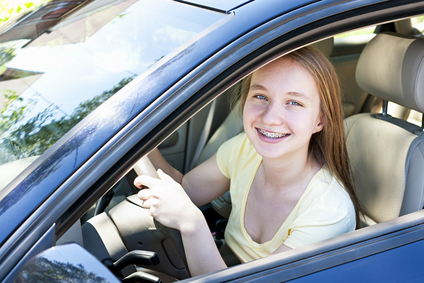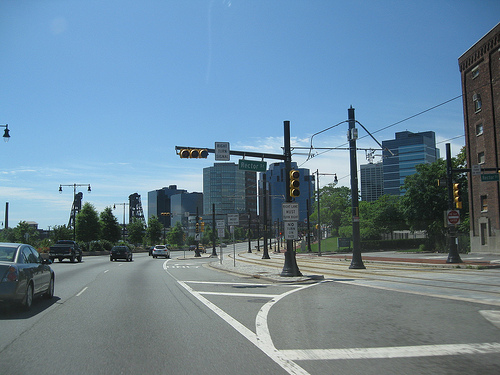It's tough to be a teen driver. The driving privileges of teens are usually more restricted than adults. Plus, combined with their inexperience, they're faced with a host of distractions like cell phones and other passengers that can make driving a dangerous proposition. It's a constant battle between teens for their freedom, and their parents and state for their safety. Some states are better at pleasing all parties in this equation, though. Here are some of the best states for teen drivers.

1. Washington
Washington has taken extra measures to make sure its teens are ready to drive safely and with a responsible attitude before they are given a license. Some of the steps teens must take before obtaining a license include:
- Getting a full license in three stages: A learner's permit at age 15, an intermediate license at 16 and the full license at 17.
- Completing at least 50 hours of practice driving during the learner's permit stage, supervised by someone with a full license. At least 10 of those practice hours must be at night.
- Not driving unsupervised between 1 a.m. and 5 a.m. while holding an intermediate license.
- Not carrying more than one passenger below age 20 during their first six months with their full license.
- Not texting while driving (this is illegal for all drivers in Washington).
- Avoiding non-emergency use of hands-free cell phones during the first two stages of licensing.

Photo by Dougtone via Flickr
Washington has a favorable record for teen safety and driving. In 2011, only six teen driving deaths were reported in the state, with none in 2012. Traffic in Washington is reasonable, and it has low rates of DUI and speeding accidents, which makes its road-quality good for teen drivers.
2. New Jersey
New Jersey also has taken precautions to make sure its teens are ready to drive and are safe when they get behind the wheel. To get and keep their driver's license in New Jersey, teens must:
- Undergo the same three-stage licensing system as in Washington. There is a slight difference in New Jersey in that the ages to qualify for each stage are increased by a year over Washington's requirements. A New Jersey learner's permit is obtained at age 16, the intermediate license at 17 and the full license at 18.
- Not drive unsupervised between 11 p.m. and 5 a.m. during the intermediate licensing phase.
- Not carry more than one passenger of any age until full licensing is achieved.
- Avoid use of hands-free or hand-held cell phones for anything other than emergency use until full licensing is achieved. Like many states, New Jersey also has a ban on texting while driving that applies to every driver, not just teens.

Photo by Dougtone via Flickr
These measures have led to only three total teen driving deaths in 2011 and 2012 combined in New Jersey. The state also helps teens prepare for their driver's license test by making an online practice test available at driving-tests.org. New Jersey has some of the worst traffic in the nation, so teens will have to learn to deal with that on the road. However, the state's roads are in good condition, and New Jersey is among the safest states in the nation when it comes to DUI accidents.
3. Minnesota
Minnesota's teen driving laws and licensing requirements are almost as tough as Washington and New Jersey's measures. To drive in Minnesota, teens must:
- Go through three stages of licensing. These stags are the same as in Washington.
- Complete 30 hours of supervised driving practice. The person supervising must hold a full license. At least 10 of these practice hours must be done at night.
- Not drive unsupervised between 12 a.m. and 5 a.m. for the first six months after getting a full license.
- Not carry passengers younger than age 20 during the first six months of full licensing.
- Not use a hands-free or hand-held cell phone for non-emergency use until they get their full license. The state also has a ban on texting while driving for drivers of all ages.
In 2011 and 2012, only six total teen driving deaths combined occurred in the state. While traffic is a problem in the bigger cities and snow is often an issue throughout the state, Minnesota's roads are relatively safe. In fact, Minnesota was not mentioned in the most recent Reader's Digest rankings of the top 10 deadliest states for DUIs and speeding.





Add A Comment
Thank you for your comment.
Sorry! There was a problem with your comment submission. Please try again.
Comment
Allowed HTML: <b>, <i>, <u>, <a>
Comments
Thank you for your comment.
Sorry! There was a problem with your comment submission. Please try again.
Thank you for your comment.
Sorry! There was a problem with your comment submission. Please try again.